(Updated February 24, 2025)
In some ways, moving long distance looks a lot like moving across town — there’s packing and loading everything you own into a truck and then having to do it all in reverse once the truck arrives at your new home. But anyone who’s ever moved across the country or state-to-state knows it’s a very different challenge when you’re navigating hundreds or even thousands of miles to start over fresh in a new city or a new state.
As tough as it is, people do it every day. In fact, they’re doing it even more: Thanks to an increasing number of companies embracing remote and hybrid work policies, long-distance moves have increased by 1.5 percent in recent years, despite a decline in other moves.
Still, it can be difficult to know where to start when making a big move. That’s why we’ve put together the best long-distance moving tips and a long-distance moving checklist to guide you through each stage of the process and make the process as easy as possible.
Long-Distance Moving Tips
Moving across the state or across the country requires special preparation. Here are some tips for moving long distance to help you stay organized at every step and prepared for anything.
1. Schedule your long-distance move during the off-season
Summer is typically the busy season for moving as people take advantage of good weather and school breaks. With busy season moves comes peak pricing, limited date availability, and longer moves due to higher mover demand.
Plan your move in the fall or spring to reduce the cost of moving services and the chance of delays. If a summer move is unavoidable, book your move well in advance to get first pick at your ideal dates, and choose weekdays rather than weekends to save money.
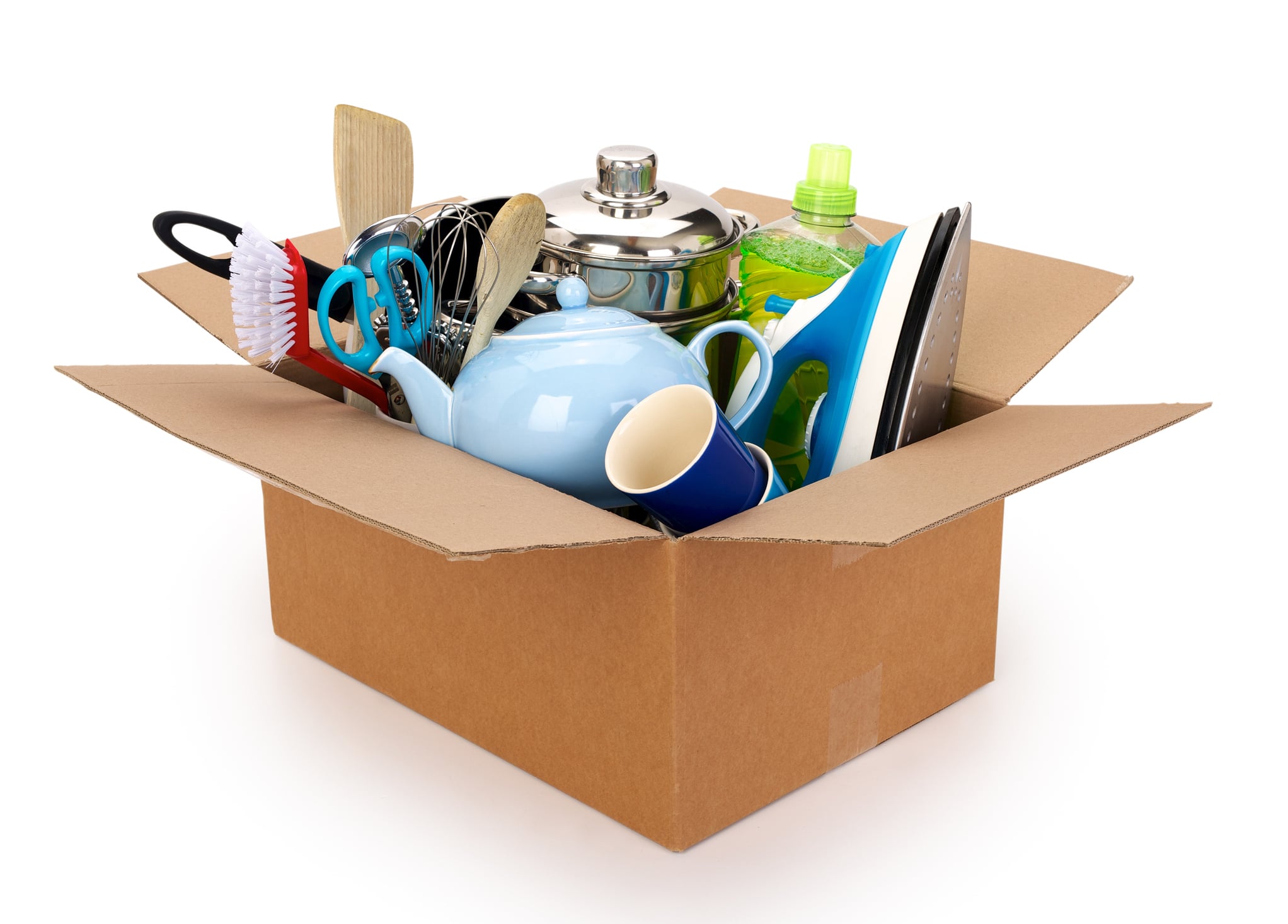
2. Bring a box of essentials
Moving often means that some of your belongings will be tucked away in boxes and inaccessible in the short term. But there are some things you can’t live without for even a day. Think about those must-haves — like pet food, medications, and that all-important coffee pot — and put them aside in an essentials box. Instead of packing it in the moving truck, you’ll keep this box with you so you can easily access it when you arrive.
Some essentials to consider packing separately are:
Birth certificates, passports, and other important documents
Coffee pot, mugs, coffee, and shelf-stable creamer
Entertainment, like your children’s favorite toys
Chargers, laptop, portable internet hotspot, and other can’t-live-without technology
Medications
Pet food
Soap
Shower curtain and rod
Toilet paper
Towels
Bed sheets and pillows
A couple days’ worth of clothes
3. Clearly label moving boxes
With so many to-dos swirling through your mind, it’s easy to forget what’s in each box. That’s why it’s so important to label boxes in detail while packing, no matter how tedious it may seem.
Some pro box labeling and packing tips include:
Label boxes with shorthand (KIT for kitchen, LV for living room, etc.) so movers know where to put items when unloading
Pack things that go together, so you can easily unpack them (for instance, pack up the contents of your desk into one box)
List out items or types of items in each box to help you find them later
Number each box and keep a record so you can easily see if anything is missing
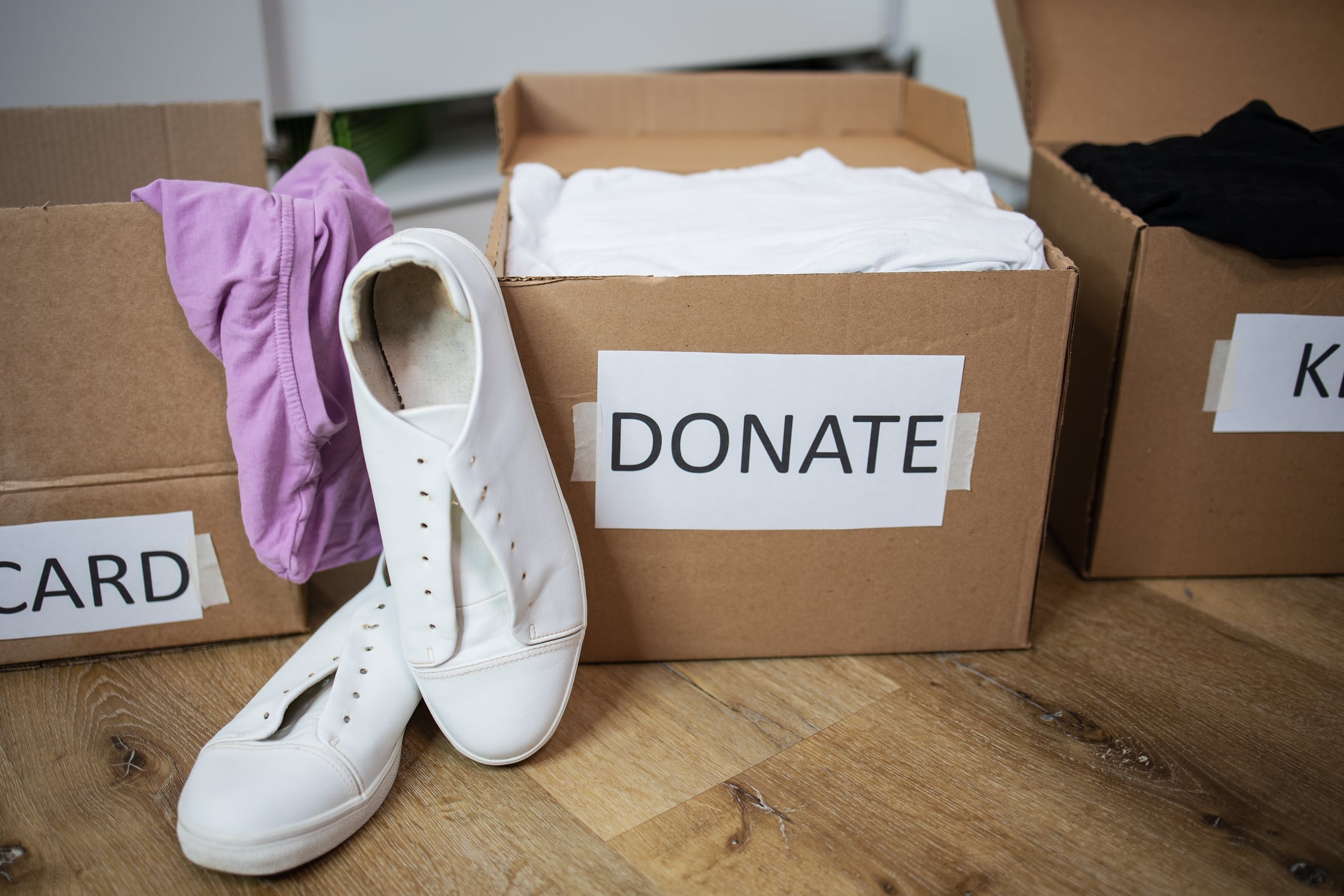
4. Purge before you pack
Household size — that is, how much stuff you have — is one of the primary factors involved in calculating moving costs. Not only can getting rid of items help you reduce the weight of your truckload, but it also reduces the amount of time it takes your movers to pack, load, unload, and unpack your stuff, ultimately lowering your moving bill. For a long-distance move, this could potentially save you up to thousands of dollars and dozens of hours, depending on your move. Not to mention, it can give you the satisfaction of making a “fresh start” in your new city.
Donate, sell, recycle, or throw away whatever you can, including:
Exercise equipment you no longer use
Furniture that no longer feels like “you”
Easy-to-replace bulky or heavy items like shelves, appliances, tools, etc.
Contents of your attic, shed, or garage that you haven’t used in years
Items that will no longer be appropriate for your new city — for example, your snowblower if you’re moving to Florida
5. Pack non-essentials early
If there are some items you don’t use often, start boxing those things up right away. Packing always takes longer than you expect, so a head start gives you more time for complex items later on.
Some non-essentials might include:
Books
Decor, including seasonal decorations
Entertainment like DVDs, records, and board games
Fine dining flatware
Seasonal clothing
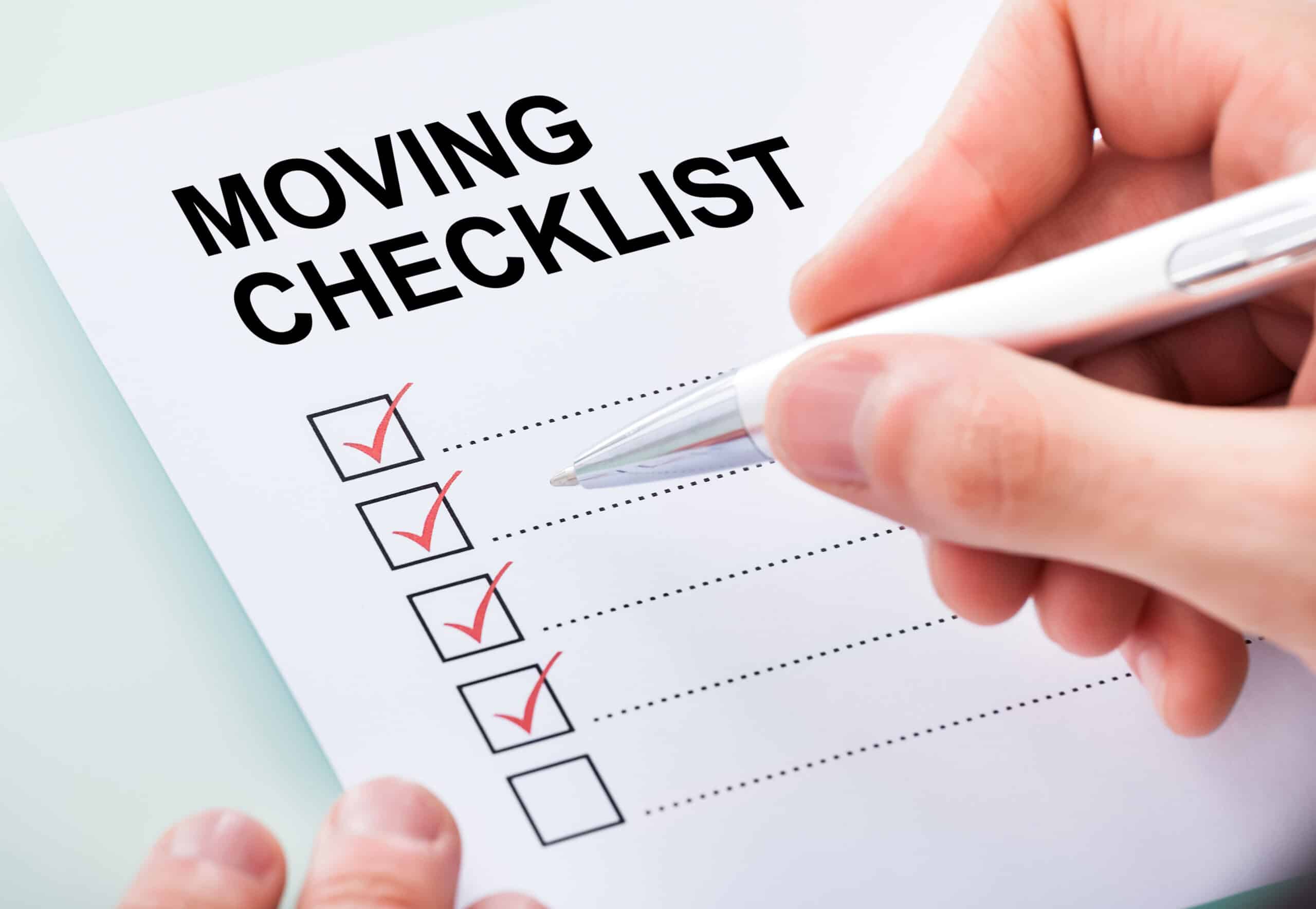
Long-Distance Moving Checklist
A detailed long-distance moving checklist helps guide you through the process and breaks down overwhelming tasks into manageable steps. Get your checklist started with these 12 tasks.
1. Create a moving binder to track all the details
Moving binders, whether physical or digital, are a helpful one-stop place to store paperwork, receipts, notes, and any other important documents. As you begin to compile all your to-do items and research moving options, this binder lets you reference everything easily while keeping you on track. For a digital version, consider notetaking apps like Evernote or Apple’s Notes, both of which sync to all your devices.
2. Determine your moving budget
An average long-distance move can cost between $2,500 and $5,000, and that doesn’t include incidentals like travel costs and storage. Knowing your budget going into your move will make it easier to find the right moving solution and company for you. If possible, allow some wiggle room for unexpected expenses to reduce the stress of your move.
What is the cheapest long-distance moving option? Typically, a DIY move with a rental truck is the most affordable option for a long-distance move. While this may save you money, it could cost you time and energy that you don’t have. If you have room in your budget, it’s usually worth hiring professional movers. |
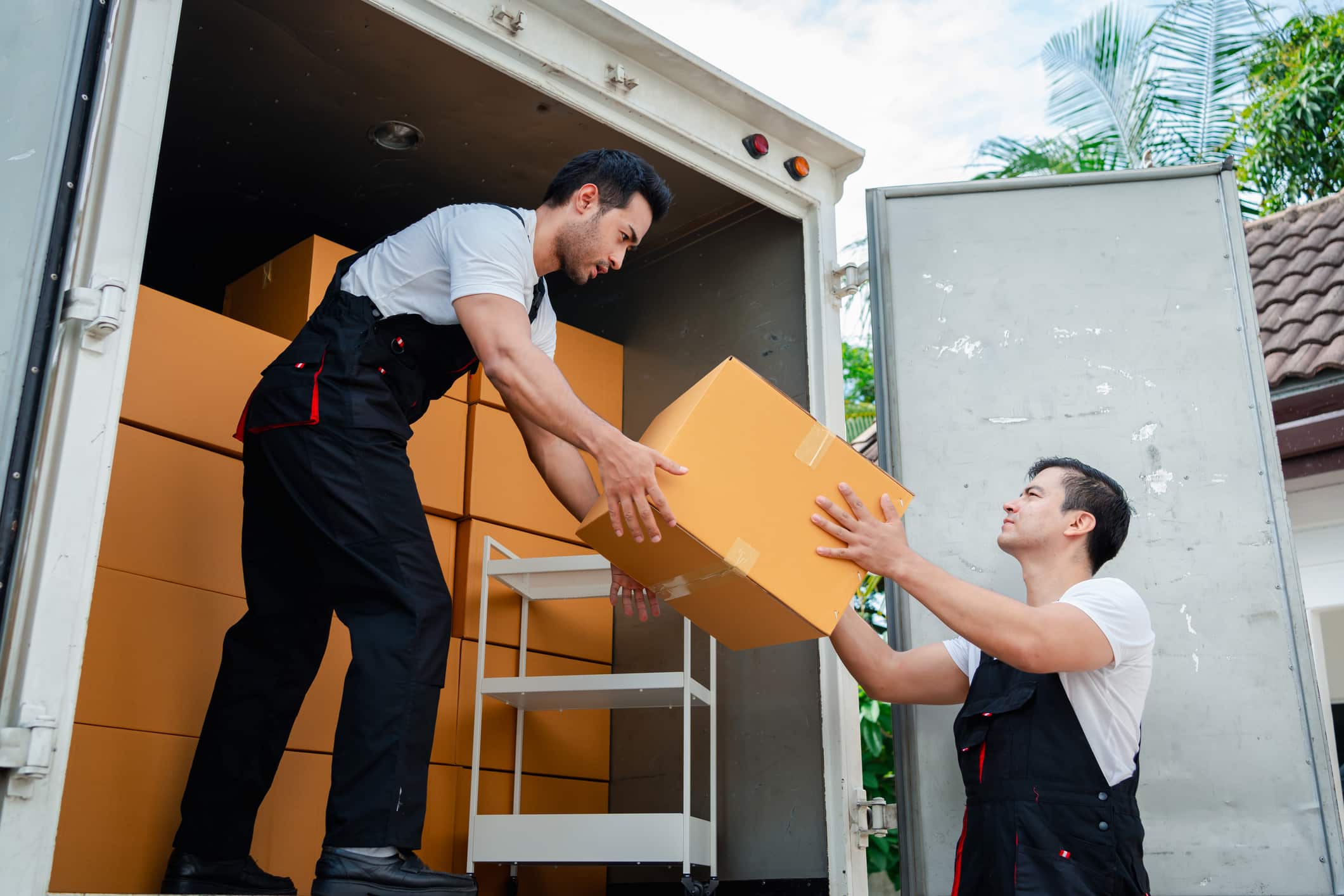
3. Pick a moving option
There are a few options when considering what services and moving companies are right for you.
Hire full-service movers
Full-service movers handle every aspect of your move — including packing, loading, transporting, and unloading. Many also provide customizable services, like packing specialty items, furniture disassembly, and storage. If you’re looking for maximum support for your long-distance move, a full-service experience is the best choice.
Load and ship portable moving containers
Portable moving containers allow you to load your things yourself at your convenience while leaving the long-distance transport to the professionals. Keep in mind that you’ll need to commit to loading and unloading the container after it’s delivered to each location, or you’ll need to hire moving labor to help.
Do it yourself with a rental truck
If you’re comfortable with heavy lifting and driving a moving truck, and you don’t mind putting in the time and effort, you can opt for the DIY experience. This entails picking up, loading, driving, unloading, and returning the rental truck.
Utilize a hybrid solution
A cross between DIY moving and a full-service experience, hybrid moving usually involves renting a truck or portable container as well as moving labor to help with the heavy lifting. If you’d rather not get behind the wheel of a moving truck but don’t mind loading and unloading, or conversely, if you don’t mind driving but you’re not up for heavy labor, this solution lets you tailor your move to your needs while saving on the cost of a full-service moving company.
Follow these tips for moving long distance and searching for moving services:
Get at least three quotes
Ask about any hidden fees
Check for experience with long-distance moves
Make sure your mover is licensed for out-of-state moves if you’ll be crossing state lines
Clarify the company’s policies on lost or damaged items
Research customer reviews for each company
5. Schedule your long-distance move
Now it’s time to book your move. To save on costs, opt for a mid-week rather than a weekend move, or push your move back or forward to avoid the busy moving season. Now that you have dates on the calendar, you can pack and prep each day to ensure you’re set on moving day!
How do you move things long distance? To move things long distance, you have three options: Hiring full-service movers, packing and shipping portable moving containers, or doing it yourself with a rental truck. The best solution for you depends on your moving budget, timeline, and the effort you’re ready to invest in your move. |
4. Decide if you’d like to drive or ship your car
If you plan to drive your car for a cross-country move, schedule a service check beforehand to reduce the risk of a roadside emergency. If you don’t want to drive your car long distance, see if your mover offers vehicle shipping or find a third-party provider.
5. Research how to update your driving records
Each state has different requirements for when you must update your driver’s license, car registration, and car insurance. In some states, like New York and California, you have as few as 10 days. Avoid fines and penalties by researching what you need to get these essential records updated in accordance with your new state’s laws.

6. Prepare your pets
A long move can be stressful for humans, and that’s doubly true for your furry friends. Here are some tips for ensuring their transition is as smooth as possible:
Gather essential documents like vaccination records and prescriptions, and ensure their microchip details are updated.
Gradually introduce packing materials so they adjust to the changes in their environment.
Maintain their routine as much as possible to reduce stress, and keep favorite items like toys and blankets easily accessible for comfort.
On moving day, consider a pet sitter to keep them safe from the chaos.
Once at your new home, take time to explore the space together, setting up familiar areas for eating and sleeping, and let them acclimate to their new surroundings.
Before your move, it’s also a good idea to check your new state’s laws about vaccinations, and whether or not your pet will be prohibited. (Sadly, your ferret friends aren’t welcome in Georgia, Hawaii or New York City, for example.)
7. Gather packing supplies
If you’re not booking full-service movers who will take care of the packing for you, you’ll want to start gathering some packing supplies.
Some supplies to have on hand include:
Boxes
Bubble wrap
Packing paper
Permanent markers
Tape
Keep an eye out in your neighborhood for free moving boxes or other materials to help you gather supplies without breaking the bank.
For some expert packing tips, check out this room-by-room packing guide so you don’t miss anything.
9. Contact service and utility providers
You’ll need to call your service and utility providers to cancel things like electricity, gas, internet, and cable at your old home. You’ll also want to get things set up in your new home for the day you arrive. This will ensure you aren’t charged for any additional usage at your previous home, and it will allow you to get settled in your new home right away with all your services active on day one.
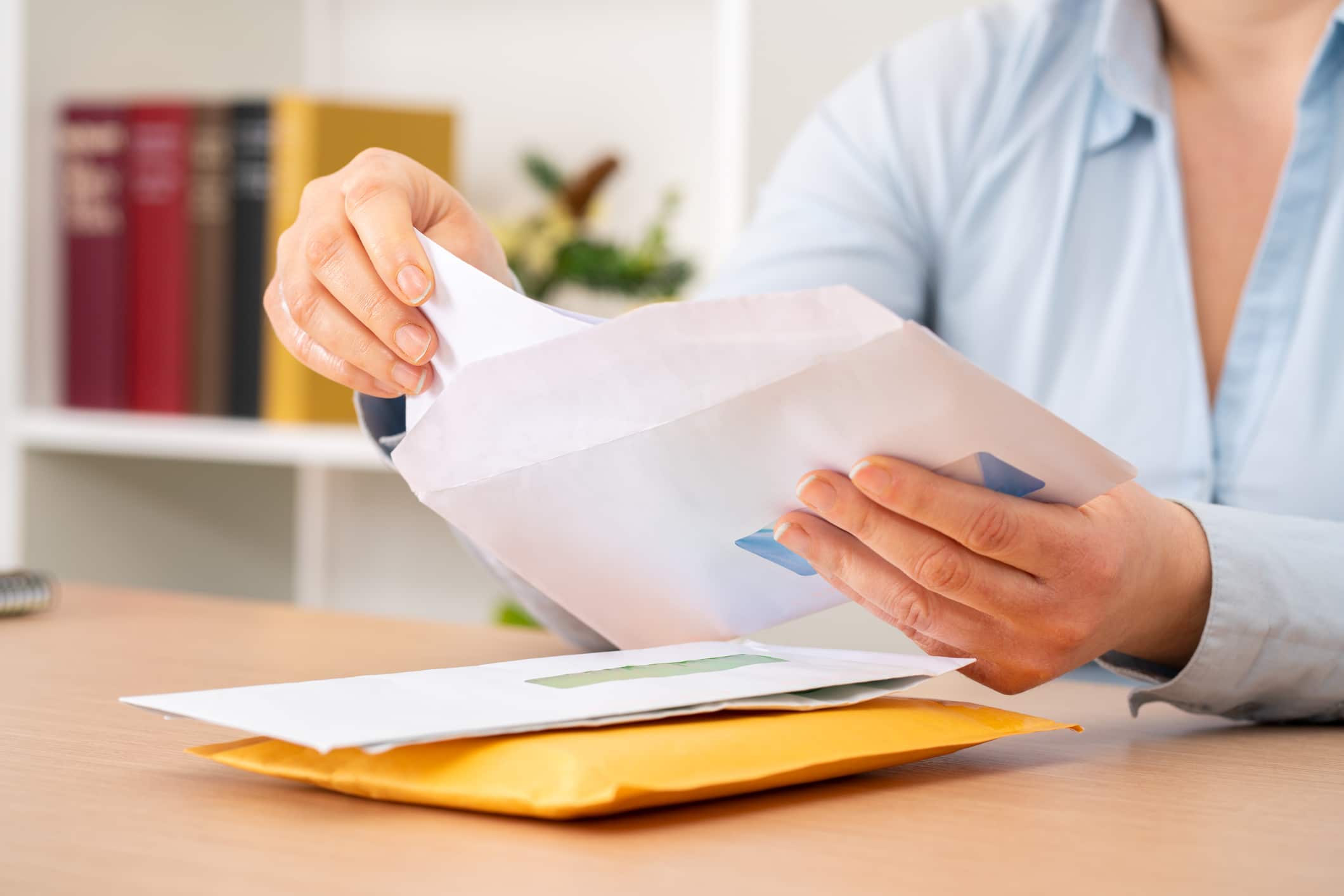
10. Set up mail forwarding and change your address
To ensure you don’t lose any mail, set up mail forwarding with the USPS so all mail addressed to you is sent from your old home to your new home. This service can be extended up to 18 months after your move. Make sure you also change the address on file with your bank, loan companies, and other essential services.
11. Map out your driving route and stops
If you’re driving your car or the moving truck, map out your route ahead of time, along with the best rest stops and overnight lodging. If you’re booking overnight stays, reserve hotel rooms ahead of time and let them know if any pets will be traveling with you.
12. Supervise the move and do a final walk-through
If you’re hiring movers to help you load up the truck, make sure there are no items left behind. If you’ve been renting, a final walk-through while cleaning and taking photos will improve your chances of getting your security deposit back.
Long-Distance Moving with the Professionals
Moving long distance requires careful planning, organization, and effort, no matter how you choose to move. But by taking our long-distance moving advice above and securing the right interstate mover for your needs, you can ensure your relocation is as smooth as possible
With over 50 years of experience, Colonial is one of the most trusted leaders in moving long distance. Whether you need a full-service experience or customized support, our team is ready to streamline your long-distance move today. Get a free quote today to see how Colonial Van Lines can make sure you have the best experience possible.

